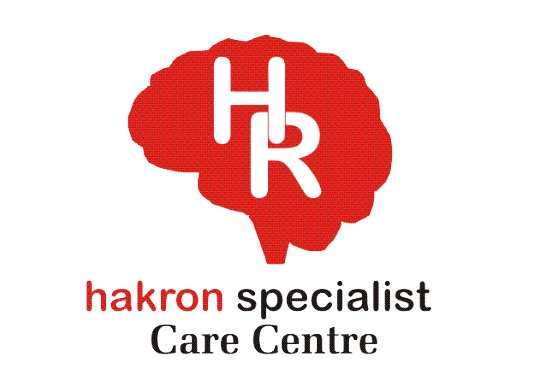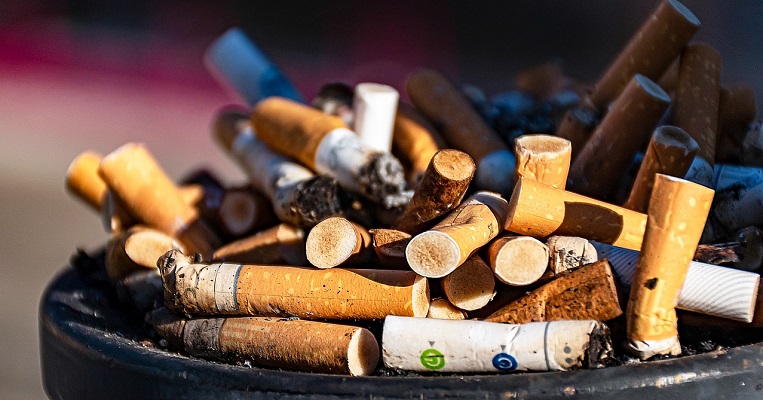Patterns of Drug Use: 5 Warning Signs That Indicate a Problem
Patterns of drug use – Introduction
Patterns of drug use often show up before full-blown addiction does. Spotting these patterns early helps people get support faster and prevents harm. Below are five clear patterns clinicians and families commonly see — each raises the risk that use will worsen.
1. Use of “hard” drugs
Using powerful substances like heroin, methamphetamine, or cocaine carries a high risk of rapid harm and drug addiction. Even a single exposure can trigger a fast decline for some people. When someone shifts to these drugs, expect higher-risk behavior, social withdrawal, and unstable daily life.
2. Frequent or regular use
Using substances often—even if not daily—can signal tolerance and growing dependence. Frequent use increases the chance that quitting will become very difficult. Look for patterns where use becomes part of routine: weekends only can still become a problem.
3. Early first use
Starting substance use in early adolescence raises long-term risk. Adolescents’ brains are still developing, so early exposure makes addiction and other harms more likely later in life. Studies link drinking or drug use before age 15 with higher odds of adult dependence and related problems.
4. Solitary use
Using alone separates substance use from social boundaries and predicts worse outcomes. Teens who drink or use drugs alone are more likely to struggle academically, report poorer health, and show higher rates of problematic use as young adults.
5. Using to escape or self-medicate
When people rely on substances to cope with stress, boredom, anxiety, or depression, use moves from recreational to compensatory. Self-medication raises the chance that substance use will persist and worsen without treatment. Addressing the underlying distress reduces the need to use as a coping tool.
When these patterns matter
Each pattern alone can be concerning. Together they increase the odds that use will damage relationships, work, finances, and health. If one or more patterns appear, consider a clinical screen, brief intervention, or referral to specialist care.
Practical next steps
- Start with an open conversation and nonjudgmental concern.
- Use brief screening tools or refer to a clinician for assessment.
- Treat mental health needs alongside substance concerns.
- If risk is high (hard drugs, frequent solitary use, severe distress), seek addiction-specialist evaluation.
With respect to patterns of drug use, if you’re unsure which behaviours to watch for, review a concise list of warning signs of a drug problem from a trusted public health source.







